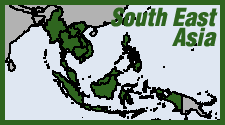 The Philippines' ultra-hardline President Rodrigo Duterte arrived in China Oct. 18 for a high-profile visit that western media accounts are portraying as a tilt away from the United States. Washington has historically been the Philippines' imperial patron, providing investment and military aid—but relations are now strained over Duterte's murderous anti-drug crackdown, which is believed to have claimed 3,000 lives. Arriving in Beijing, Duterte blasted Washington and the European Union for their criticisms of his lawless crackdown, and praised his hosts for giving him free rein. "China is the only country to come out freely and [make] a firm statement that they are supporting the fight against drugs in my country," Duterte told Chinese state news agency Xinhua in a comment picked up by the Philippine Star. "The other countries, United States, EU, instead of helping us, they know that we are short of money... all they had to do was to criticize. China never criticized."
The Philippines' ultra-hardline President Rodrigo Duterte arrived in China Oct. 18 for a high-profile visit that western media accounts are portraying as a tilt away from the United States. Washington has historically been the Philippines' imperial patron, providing investment and military aid—but relations are now strained over Duterte's murderous anti-drug crackdown, which is believed to have claimed 3,000 lives. Arriving in Beijing, Duterte blasted Washington and the European Union for their criticisms of his lawless crackdown, and praised his hosts for giving him free rein. "China is the only country to come out freely and [make] a firm statement that they are supporting the fight against drugs in my country," Duterte told Chinese state news agency Xinhua in a comment picked up by the Philippine Star. "The other countries, United States, EU, instead of helping us, they know that we are short of money... all they had to do was to criticize. China never criticized."
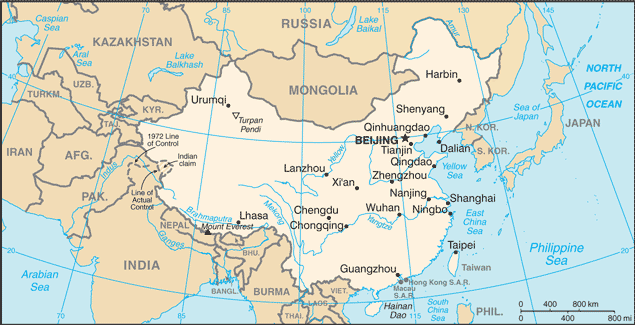 China is to get its first company dedicated to research, development and marketing of medicinal products based on cannabidiol, or CBD. The firm, dubbed XiBiDi Biotechnology Co, is to operate out of Pudong Technology Park, part of the Shanghai Pilot Free-Trade Zone. It will initially offer hemp-derived CBD oil, as well as hemp-based foods and beverages, according to a press release from ChineseInvestors.com, or CIIX. The Chinese character "XiBiDi" is homophonic to "CBD" in English.
China is to get its first company dedicated to research, development and marketing of medicinal products based on cannabidiol, or CBD. The firm, dubbed XiBiDi Biotechnology Co, is to operate out of Pudong Technology Park, part of the Shanghai Pilot Free-Trade Zone. It will initially offer hemp-derived CBD oil, as well as hemp-based foods and beverages, according to a press release from ChineseInvestors.com, or CIIX. The Chinese character "XiBiDi" is homophonic to "CBD" in English.
 Continuing with his
Continuing with his  The Philippines'
The Philippines' 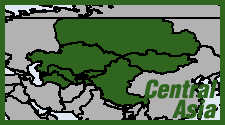 Archaeologists working in China's far western Xinjiang region report the discovery of an "extraordinary cache" of cannabis, found in an ancient burial site.
Archaeologists working in China's far western Xinjiang region report the discovery of an "extraordinary cache" of cannabis, found in an ancient burial site. 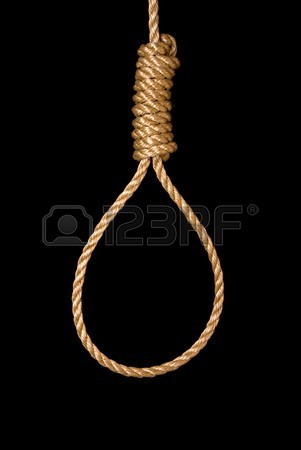 For a third year running,
For a third year running, 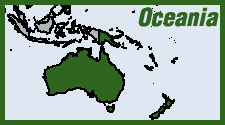 Australian police on Feb. 15 announced the seizure of 720 liters of liquid methamphetamine with an estimated street value of A$1 billion (about US$700 million)—hidden in gel bra inserts. The laundered bra shipment, which also included art supplies similarly used to hide the meth, were found in a storage unit in Sydney. Four were charged: three men from Hong Kong and a Chinese national. The joint operation involved the
Australian police on Feb. 15 announced the seizure of 720 liters of liquid methamphetamine with an estimated street value of A$1 billion (about US$700 million)—hidden in gel bra inserts. The laundered bra shipment, which also included art supplies similarly used to hide the meth, were found in a storage unit in Sydney. Four were charged: three men from Hong Kong and a Chinese national. The joint operation involved the 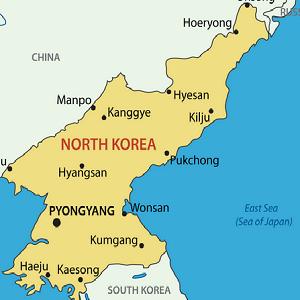 Here we go again.
Here we go again. 





Recent comments
2 weeks 1 day ago
5 weeks 6 days ago
9 weeks 6 days ago
10 weeks 4 days ago
20 weeks 4 days ago
24 weeks 5 days ago
25 weeks 5 days ago
25 weeks 5 days ago
46 weeks 6 days ago
51 weeks 11 hours ago